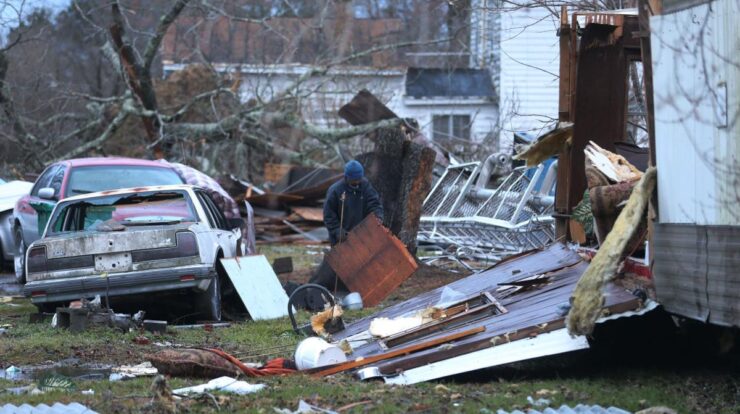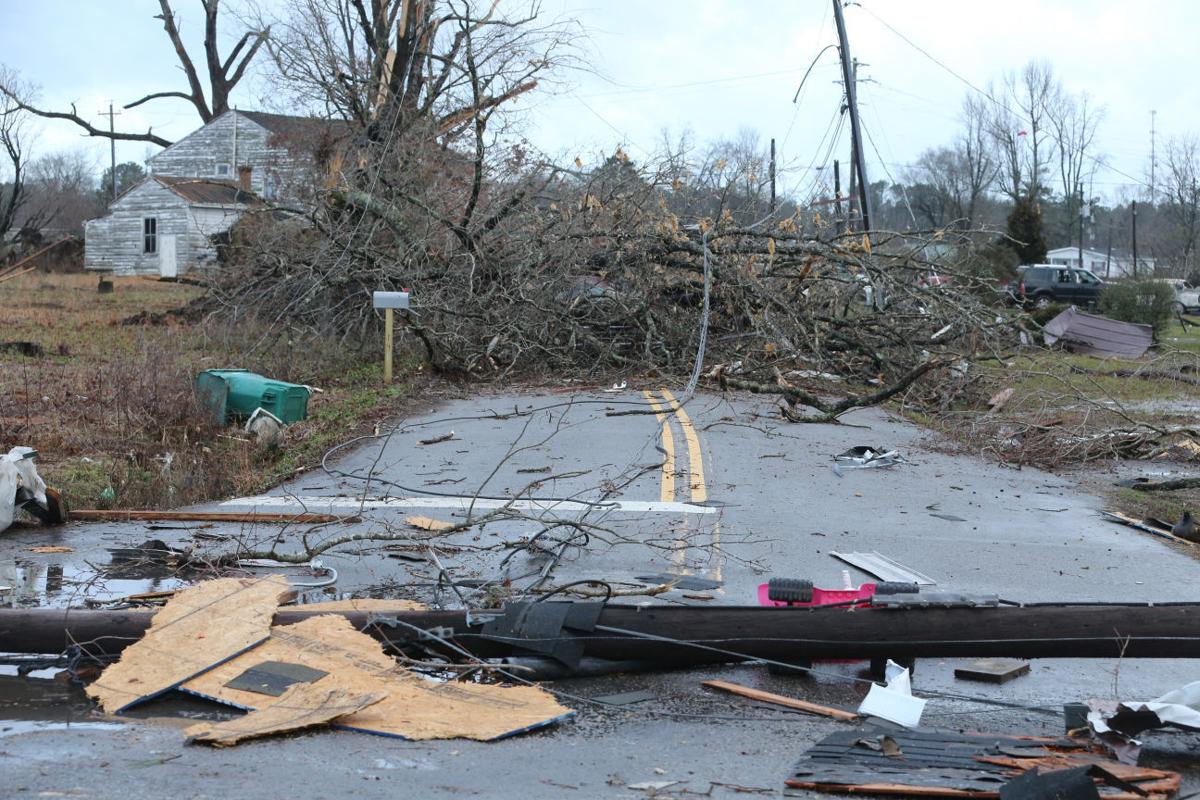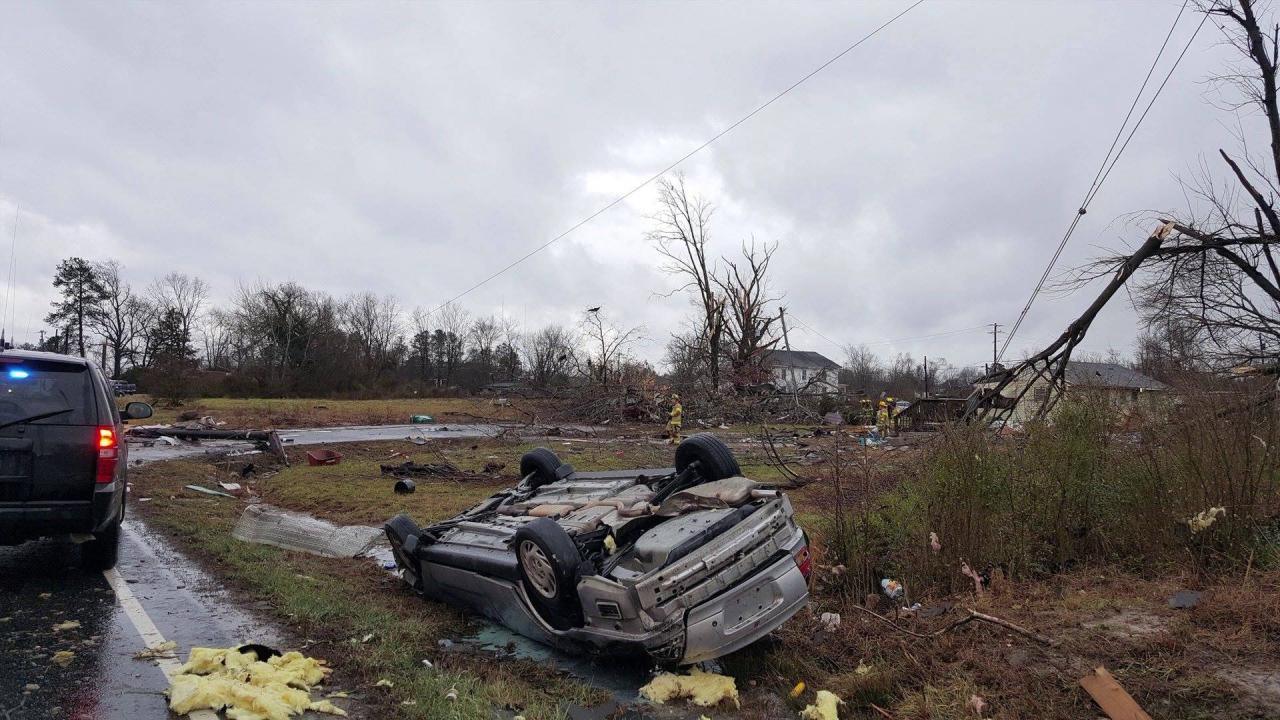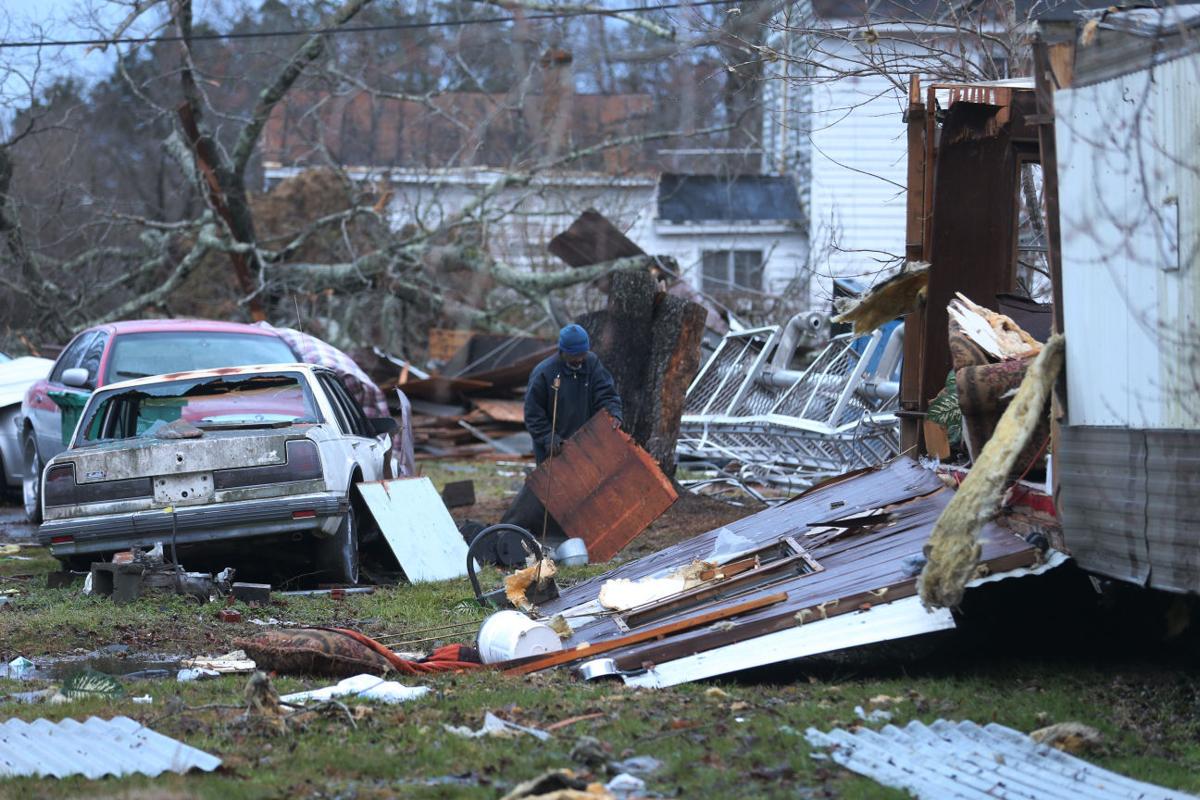
The Waverly tornado, an unforgettable meteorological event, left an indelible mark on the community. This comprehensive examination delves into the tornado’s formation, impact, response, and scientific significance, providing a multifaceted understanding of this natural disaster.
With its destructive path and profound consequences, the Waverly tornado serves as a stark reminder of the immense power of nature and the importance of preparedness.
Event Overview
On May 4, 2008, a violent EF4 tornado struck the town of Waverly, Iowa, leaving a trail of devastation in its wake.
The tornado touched down at 6:39 PM CDT near the town of Clarksville, Iowa, and traveled a path of 14.6 miles (23.5 km) through Bremer and Butler counties before dissipating near the town of Readlyn, Iowa.
The tornado reached a maximum intensity of EF4 with winds estimated at 166-200 mph (267-322 km/h). It caused extensive damage to Waverly, destroying or severely damaging over 100 homes and businesses.
Meteorological Conditions
The Waverly tornado formed as a result of a combination of atmospheric instability, wind shear, and moisture.
On the day of the tornado, a warm front had stalled over Iowa, creating an unstable atmosphere. This instability was further enhanced by the presence of a strong jet stream over the region.
The jet stream provided the necessary wind shear to support the formation of a tornado. Wind shear is the difference in wind speed and direction between different levels of the atmosphere.
Finally, the presence of abundant moisture in the atmosphere provided the fuel for the tornado.
Damage Assessment
The Waverly tornado caused an estimated $250 million in damage, making it the costliest tornado in Iowa history.
The tornado destroyed or severely damaged over 100 homes and businesses in Waverly. The tornado also caused extensive damage to the town’s infrastructure, including the power grid, water system, and roads.
The tornado also had a significant impact on the environment. The tornado uprooted trees, destroyed crops, and damaged wildlife habitat.
Response and Recovery

The response to the Waverly tornado was swift and effective. Emergency responders from across the state arrived in Waverly within hours of the tornado’s passage.
Search and rescue operations were conducted throughout the night, and medical assistance was provided to the injured.
The long-term recovery process is still ongoing, but the town of Waverly has made significant progress in rebuilding.
Scientific Research: Waverly Tornado
The Waverly tornado has been the subject of extensive scientific research.
Researchers have used data from weather stations, radar, and eyewitness accounts to study the tornado’s formation, behavior, and impact.
The research has helped to improve our understanding of tornadoes and how to better predict and mitigate their impact.
Public Education and Awareness

The Waverly tornado has helped to raise public awareness of the importance of tornado safety.
Since the tornado, a number of public education and awareness campaigns have been launched to promote tornado preparedness and response.
These campaigns have helped to save lives and property by teaching people what to do before, during, and after a tornado.
Concluding Remarks

The Waverly tornado remains a poignant chapter in the annals of meteorological history. Its lessons continue to shape our understanding of tornadoes, guiding advancements in forecasting, preparedness, and response. As we reflect on the devastation it wrought, we are reminded of the resilience of communities and the enduring power of human spirit in the face of adversity.
Answers to Common Questions
What was the intensity of the Waverly tornado?
The Waverly tornado was classified as an EF4 tornado, with wind speeds reaching up to 165 miles per hour.
How many people were killed in the Waverly tornado?
Tragically, the Waverly tornado claimed the lives of 16 people.
What was the estimated cost of damage caused by the Waverly tornado?
The economic losses resulting from the Waverly tornado are estimated to exceed $200 million.





